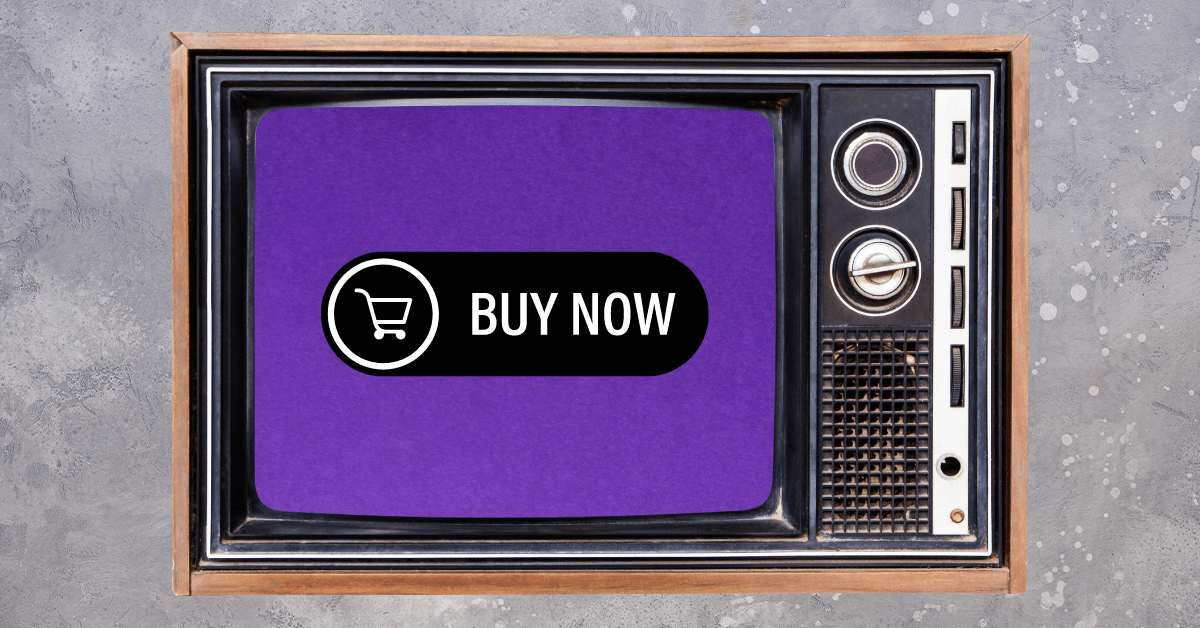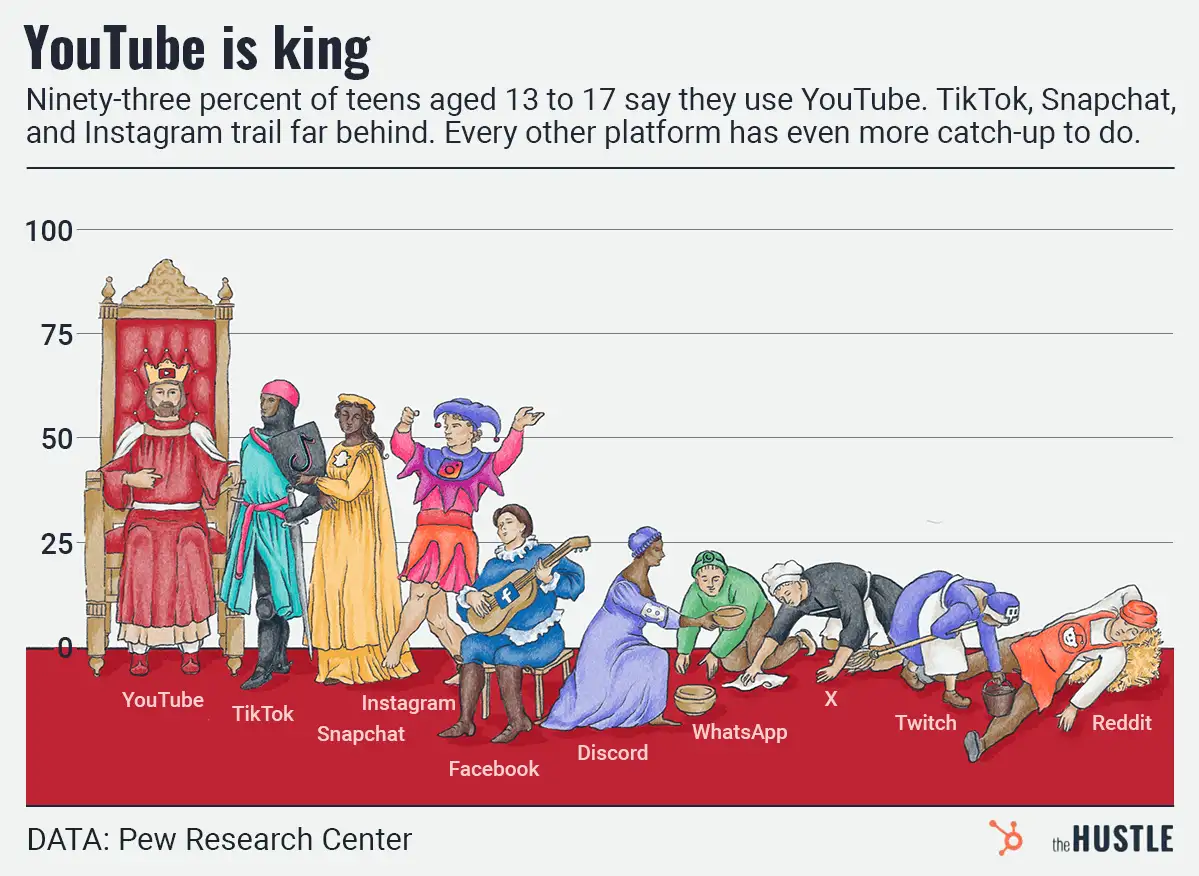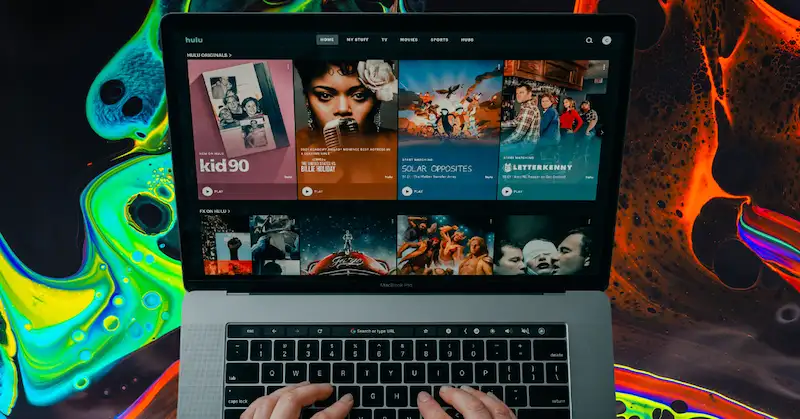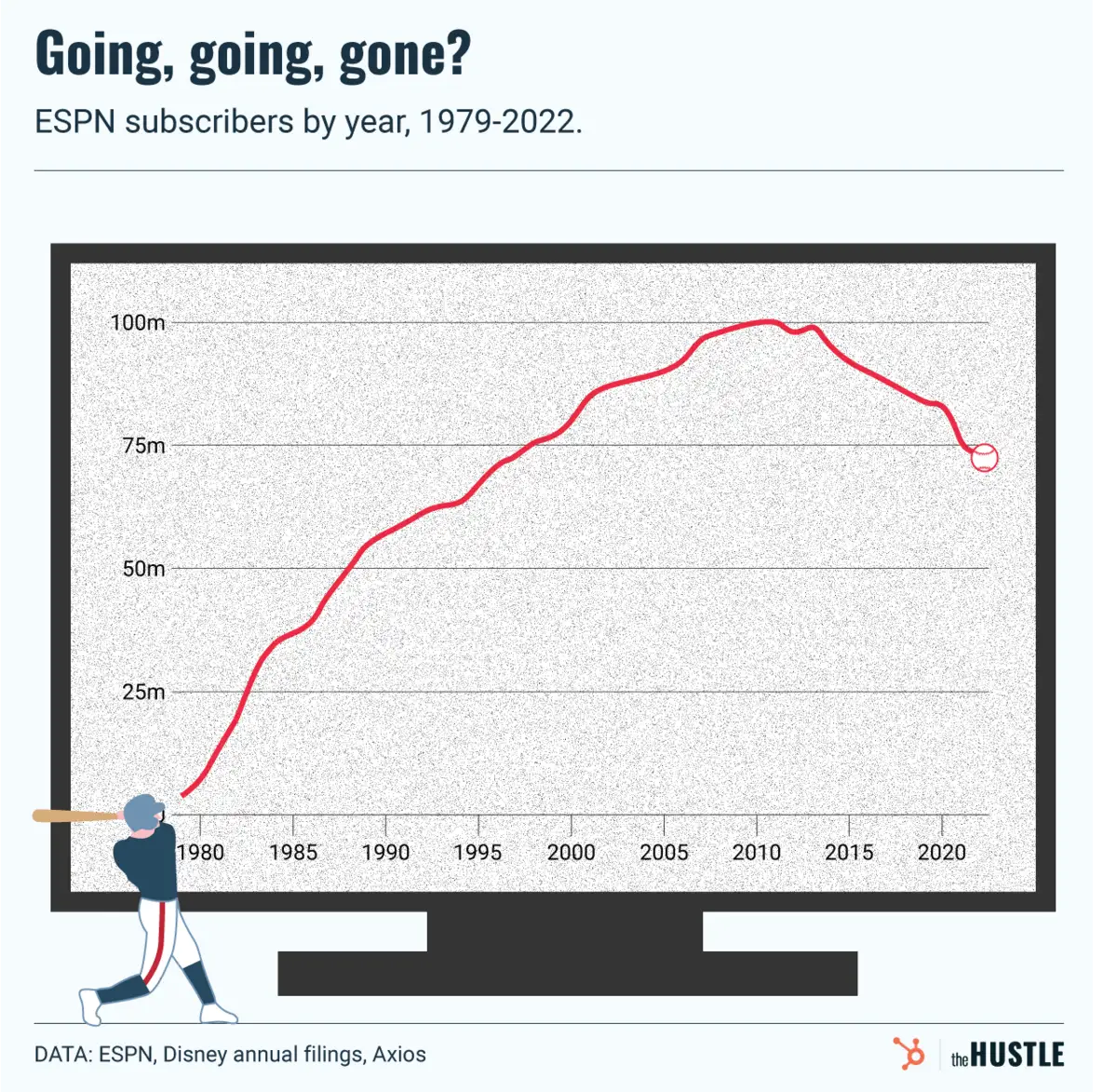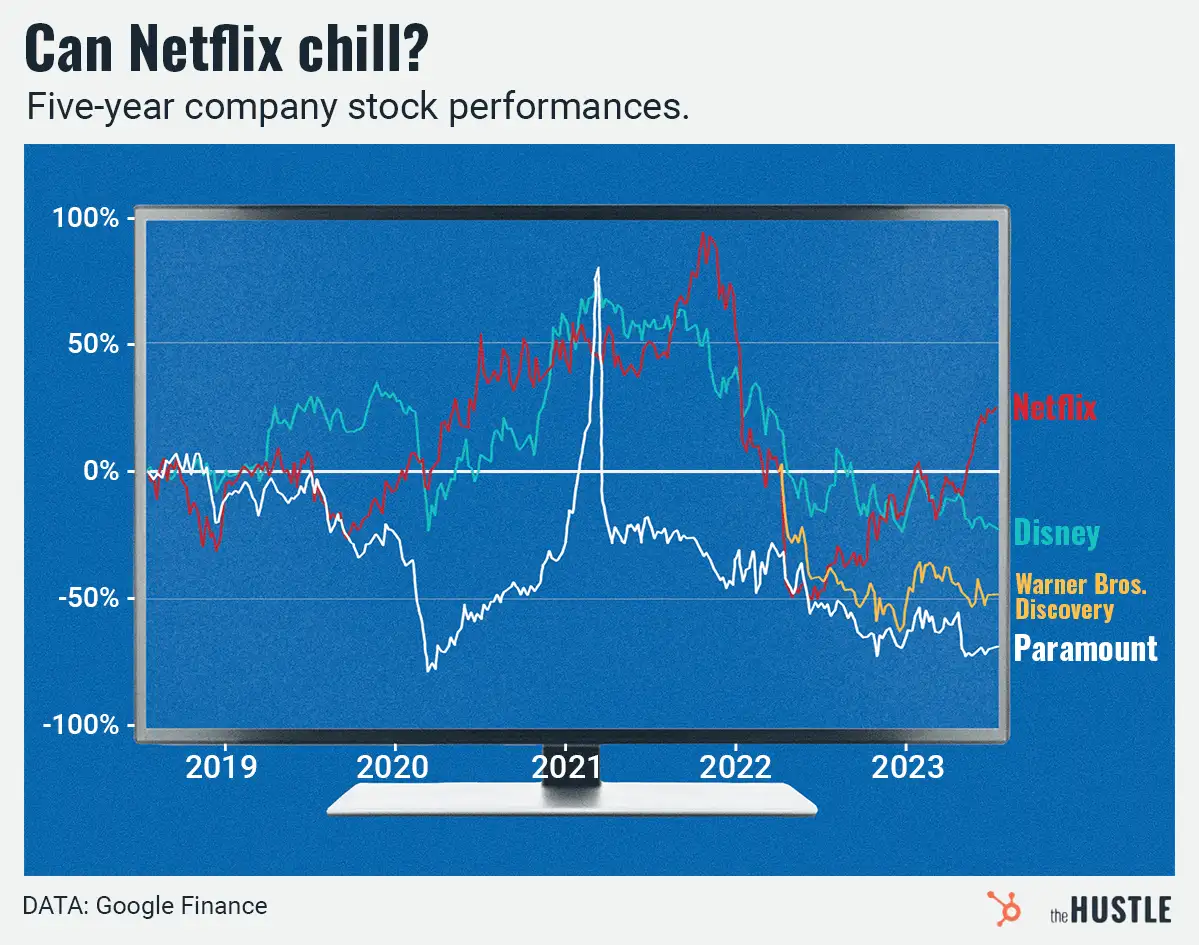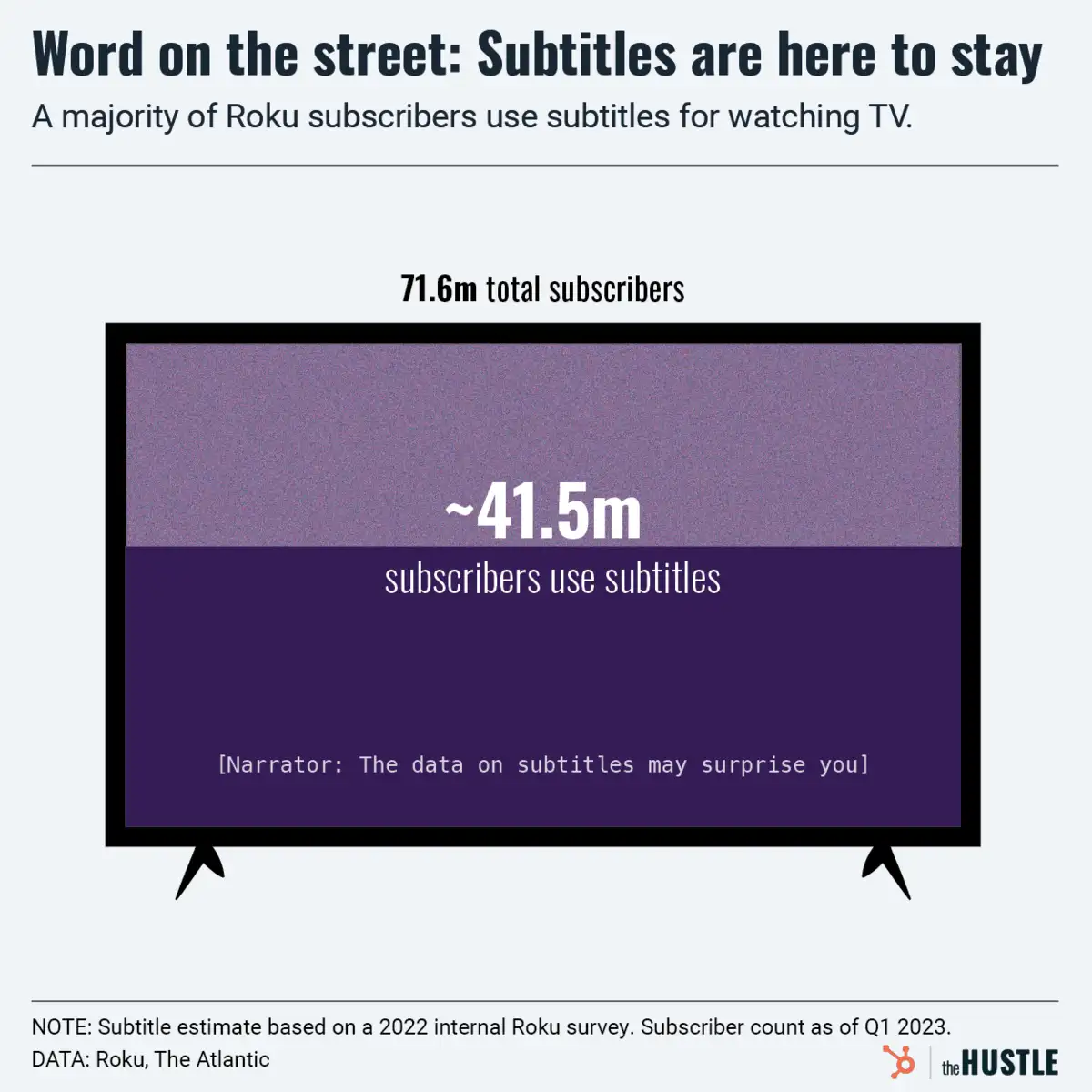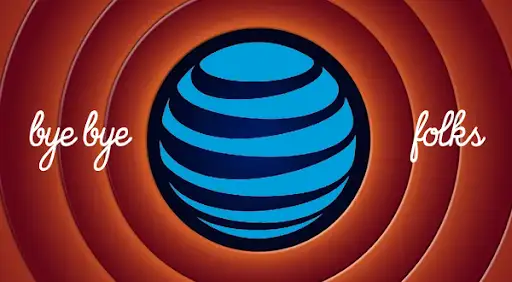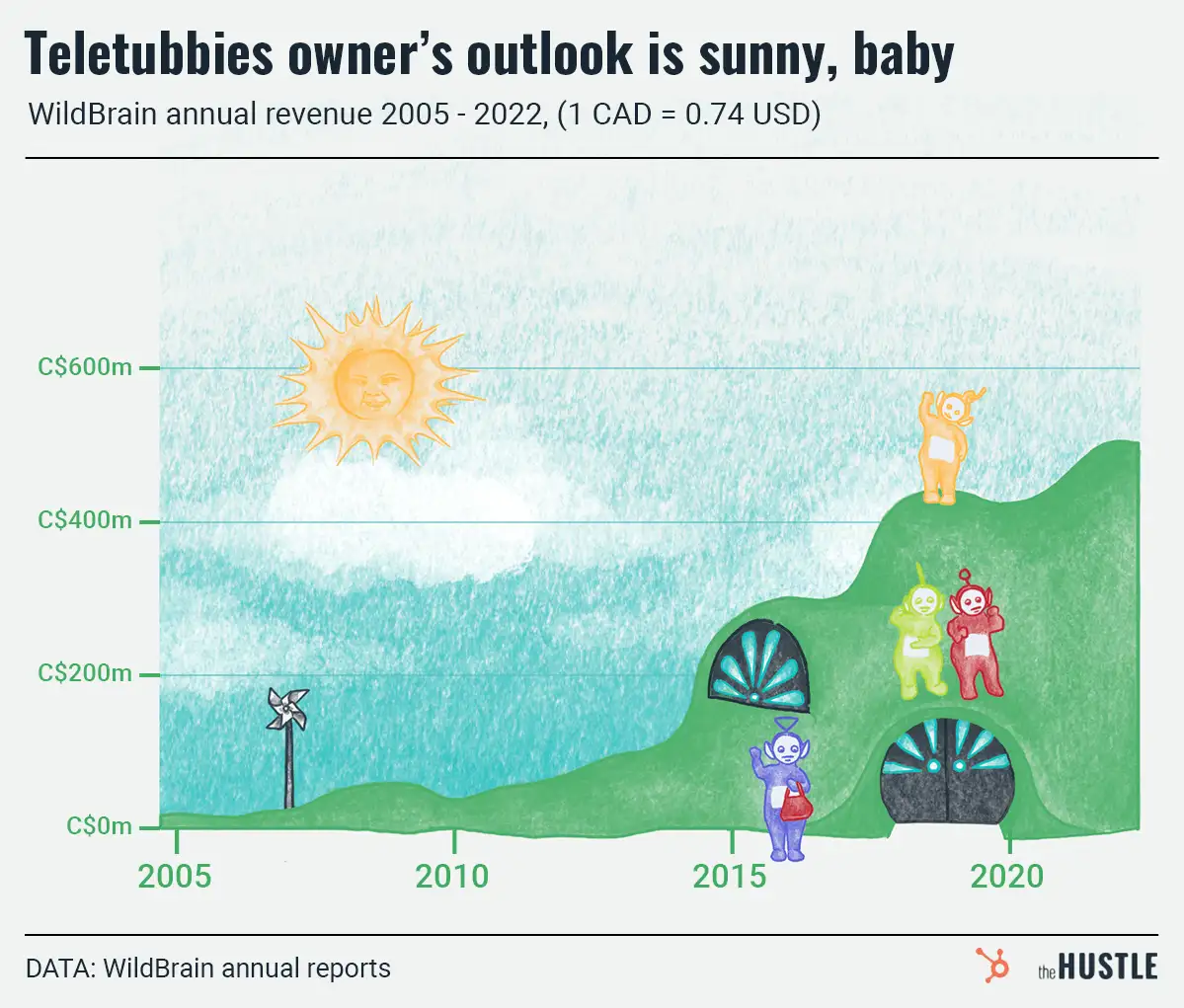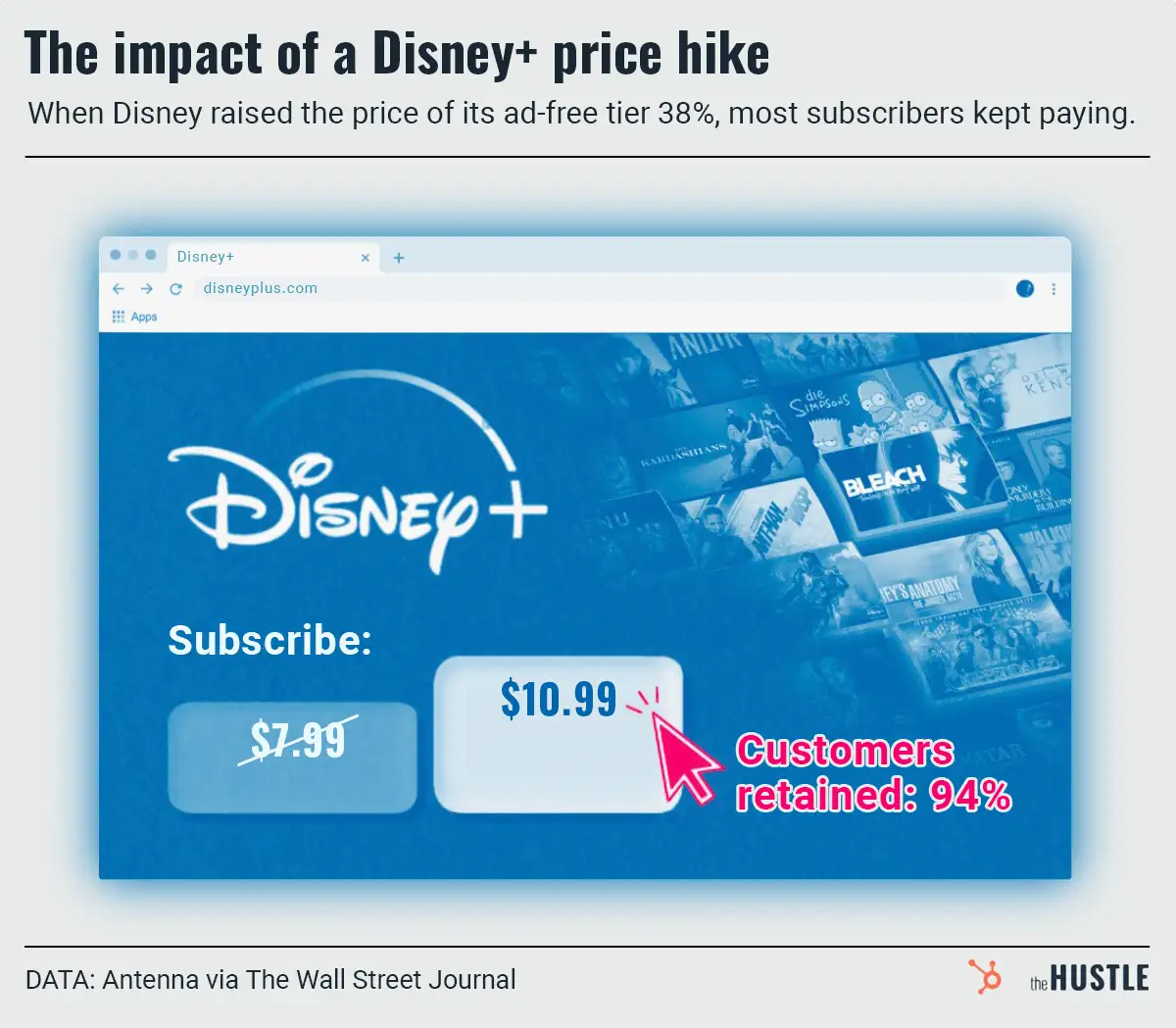Photo Illustration by Igor Golovniov/SOPA Images/LightRocket via Getty Images
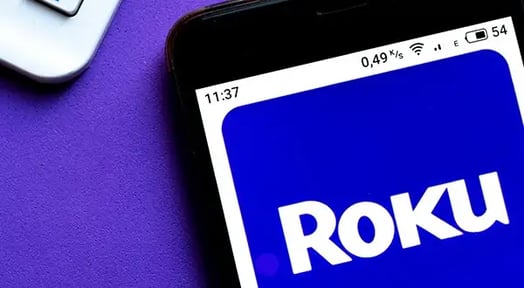
Back in 2008, a tech exec named Anthony Wood convinced Netflix CEO Reed Hastings to create a streaming video box called Roku.
After less than a year, Netflix spun the product out, keeping a ~15% stake.
According to CNBC, the company — which manufactures streaming dongles and partners on smart TVs — now serves 50m+ Americans.
In recent years, Roku has been well-placed…
… to serve the plethora of streaming services: Netflix, Amazon, Disney+, Apple, etc. It guaranteed distribution for these competitors as a neutral 3rd party.
Roku isn’t in the hardware business, though.
The company uses its privileged position to make money from selling channel subscriptions and advertising. In 2020, these “platform services” made $1.3B vs. hardware revenue of $510m, per CNBC.
The next big revenue stream: content
Netflix famously changed its fortunes when it started making its own original content, starting with “House of Cards” in 2013. By owning the IP, the streamer became less beholden to the (now rival) studios.
Similarly, Roku has launched The Roku Channel and recently bought the content library of now-defunct startup Quibi to fill it.
The content itself is not meant to be competitive with the Netflixes of the world…
… because Roku wants to sell ads, not subscriptions
This means the quality bar can be a lot lower. As a point of comparison, Roku will spend $1B+ on content this year while Netflix will drop $17B.
Either way, the current playbook is working like a charm. The stock is up ~5x since pandemic lows and the company is worth $50B+.
Don’t tell Netflix, though: It sold its Roku position for $7.7m in 2009… that stake would be worth $7B today.
Streaming Media


